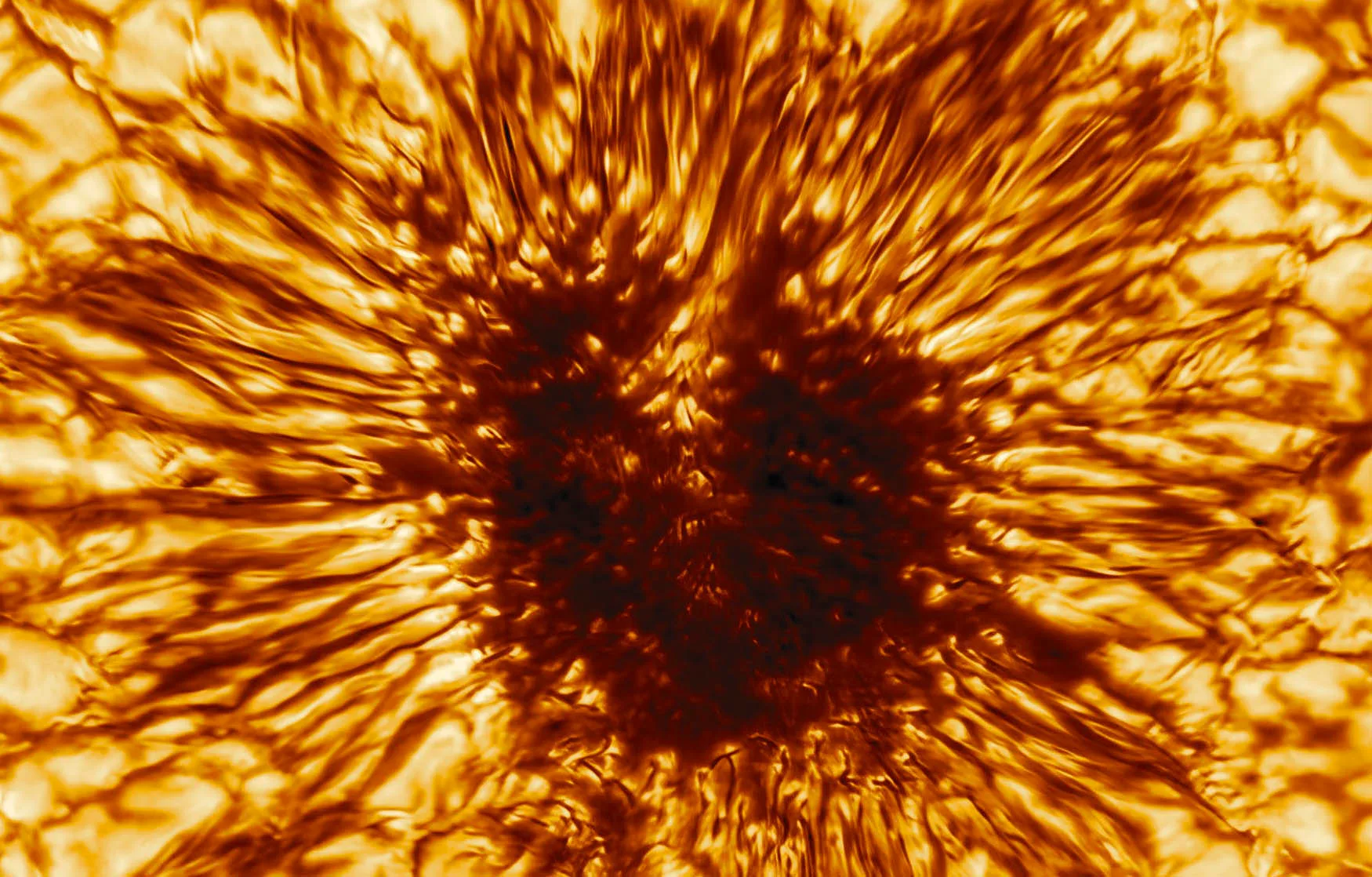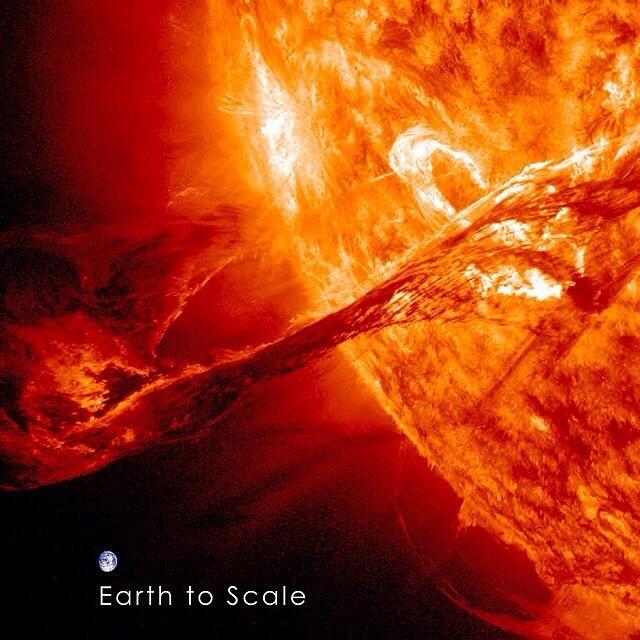News
That Huge Sunspot Pointed Straight at Earth Has Now Developed ‘Delta Magnetic Field’

It’s possible that a massive sunspot is poised to blow its top and release the most potent kind of solar flares, which will continue to develop for days, according to Newsweek.
Last week, we reported that a “Planet-Sized Sunspot Has Grown 10-Times In Just A Few Days, And It’s Aimed Right at Earth“, which you can read here.
Sunspot AR3089, which is pointing in the direction of Earth, has now generated a magnetic field of the delta-class, which indicates that it has accumulated sufficient energy to have the potential to emit solar flares of the X-class, which are one of the most powerful type of solar flare, capable of causing all kinds of damage to our communications.
The National Oceanic and Atmospheric Administration (NOAA) estimates that the sunspot has a risk of erupting into an X-class flare with a probability of around five percent. If it happens, the flare has the potential to set off a huge geomagnetic storm in the atmosphere of the Earth, which may potentially cause damage to electromagnetic communication networks and other types of infrastructure.

According to Newsweek, sunspots are darker regions on the surface of the sun that are located where the coronal magnetic fields are especially strong. When these powerful magnetic fields realign themselves, this may result in the release of solar flares, which are short bursts of electromagnetic radiation, as well as gigantic plumes of solar plasma that are known as coronal mass ejections (CMEs).
Delta-class magnetic fields are said to be responsible for the formation of very large sunspots that have the opposite magnetic polarity, as stated on spaceweatherlive.com. These fields are often linked to greater levels of solar activity.
C-class, M-class, and X-class solar flares are categorized according to the intensity of the X-rays that they emit as they are emitted from sunspots. Flares of the C-class are the most common and have the least obvious impact on Earth. Flares of the M-class have a medium strength and have the potential to trigger moderate geomagnetic storms. Flares of the X-class are the most powerful but occur the least often.
Flares of the X-class are ten times more potent than flares of the M-class, and a flare of the X10 class is ten times more strong than a flare of the X1 class.
Even while the likelihood of an X-class flare erupting from sunspot AR3089 is minimal, the geomagnetic storms that may ensue if such an event did take place have the potential to do severe damage to Earth, so this is not “fear mongering” and should not be overlooked. Personally, I would rather know about this, than not.
According to NASA, X-class flares that impact Earth might cause damage to satellites, global transmission issues, worldwide radio blackouts, and perhaps deliver airplane passengers near the North and South poles minor amounts of radiation.
Between the receiver on Earth and the satellite in orbit, GPS radio signals have to travel through the ionosphere of the Earth. This means that when a geomagnetic storm is occurring and the ionosphere is being disrupted, the radio signal is distorted, and the receivers are unable to obtain an accurate position.
Bright aurorae were seen all across the globe as a consequence of the 1859 Carrington Event, which is estimated to have been triggered by the greatest and most intense X-class flare to ever strike Earth in recent times. This event also caused sparking and even fires in some telegraph stations. It is hypothesized that if a storm of this scale were to occur in modern times, it would cause significant and long lasting disruptions to the nation’s electrical power supply. It’s not an “if” this will happen again, but a “when”.
As we previously reported, the activity of the sun is governed by cycles that last 11 years, with the sun’s sunspot activity levels and the resultant number of solar flares and CMEs rising as the sun approaches its solar maximum. The sun’s activity is greater than was previously projected for its cycle stage, which occurred in December 2019, which was the last time it was at its lowest level. The next solar maximum is expected to occur in the year 2025.
Solar Cycle 25, which is the cycle that is now occurring, is the 25th cycle that has happened since humans started tracking sunspot activity in 1755. Solar Cycle 25, which is the cycle that is currently occurring, “is on track to outperform” Solar Cycle 24, as stated by spaceweather.com.
Typos, corrections and/or news tips? Email us at Contact@TheMindUnleashed.com
